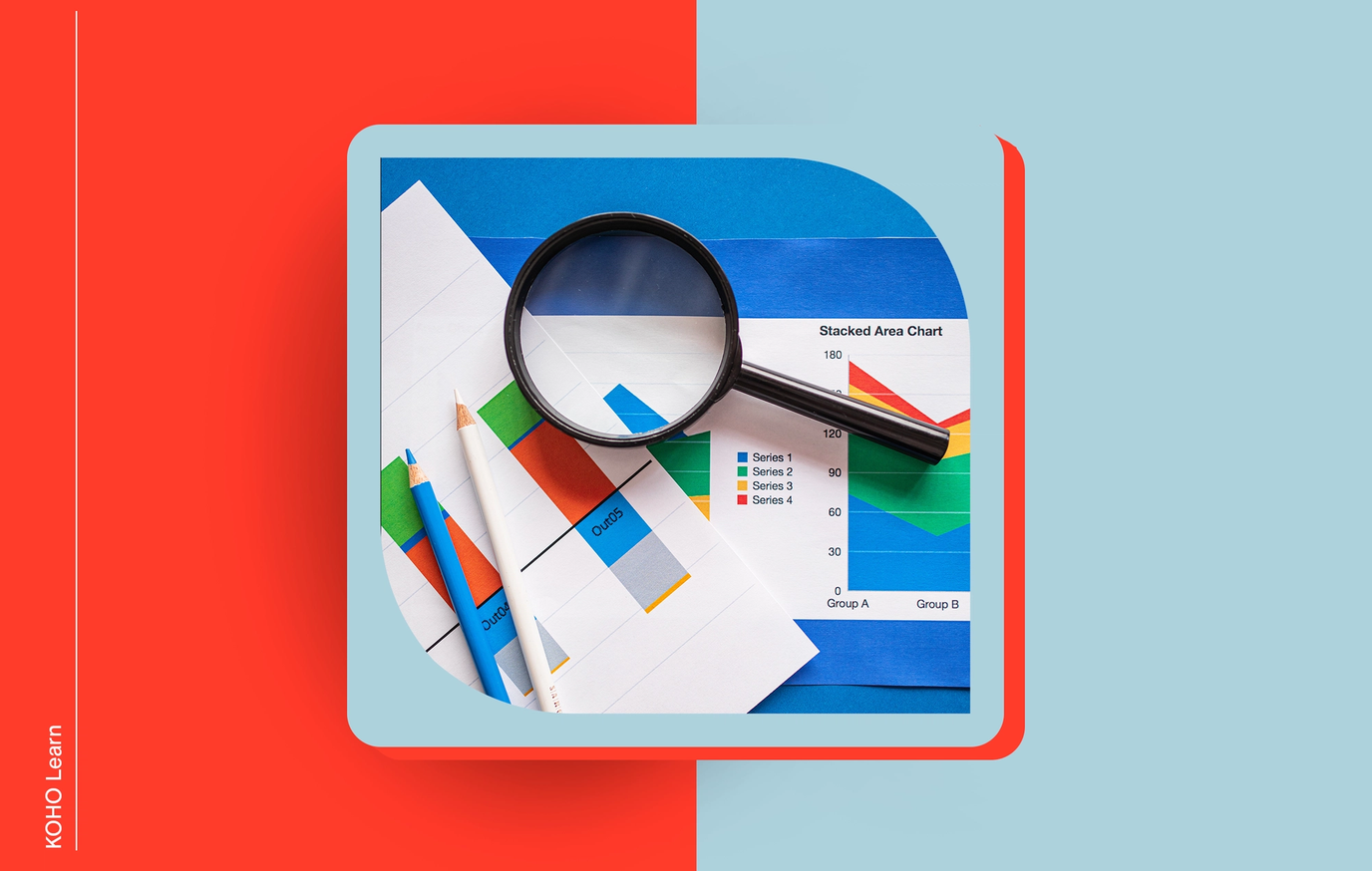
Rounding it up
There are a variety of savings accounts to choose from; your choice should depend on your goals, whether long-term, short-term, or in-between.
Financial institutions have their own best interests in mind and, so as a consumer, you have to be keen on keeping your own best interests in mind.
To maximize the benefit of a short-term savings account, look for a savings account with the best possible interest rate and the lowest fees.
From storing your money underneath your mattress to stashing it into a milk jar to depositing it into a savings account, there are so many ways to save your money. But let’s be clear: Savings accounts are the safer, smarter, superior method.
Yet with so many savings accounts offered by various financial institutions it may be difficult to decide how to actually save one’s money. What savings account do you choose? The important factor to consider when choosing a savings account is interest rate. If you pick a savings account with the highest interest rate, it will not only keep your money safe but also enable your savings to grow a little over time, with at least the pace of inflation.
Why do you need a savings account?
Chances are, you are like most people: You need a bank account, and most likely, one that includes a savings account. It is indeed true that you can live without a savings account; a chequing account may be perfectly sufficient if your financial needs and activity remain minimal. This is a viable option for someone who is still in the early stages of learning financial health and planning. For example, a chequing account is probably perfectly sufficient for a child in secondary school, whose parents or legal guardian(s) want him/her to begin learning how to save and manage finances but who does not actually have much money to manage.
However, if you are an adult with a regular salary and, hopefully, a little bit of disposable income, it is good to allocate a portion of your money into a bank account that is specifically set aside for savings. Money in a savings account is meant to stay in the account for a relatively long period of time, longer than the money in a chequing account, which constantly cycles in and out.
There are a variety of savings accounts available, so your goals should be an important determinant in the type of savings account you end up choosing. For example, if you do not yet have enough disposable income to think about saving in the very long term, such as for retirement, an account such as the Registered Retirement Savings Plan (RRSP) would not be for you. You may instead be more concerned with the near future. Maybe you want to save for a wedding or a vacation. If you are especially financially prudent, you may want to first build up a little savings for an emergency fund, sometimes referred to as a slush fund.
SPEND SMARTER. SAVE FASTER
The emergency fund kind of savings is meant to enable you to cover major unexpected expenses, such as unexpected car or housing repairs, unlike more traditional savings which can be used for something you’ve wanted for a while, like a pair of really nice new running shoes. If you have a fluctuating income (maybe you’re a freelancer or do a lot of contract work), you may need to fund your emergency fund a little extra. That would allow you some extra money to live on during months of less work coupled with lean earnings.
So, if your goal of savings is for emergencies or relatively short-term, a simple savings account would be perfect! Of course, the question then becomes: What savings account to choose?
Types of savings accounts
There are a few things to consider when opening a savings account: the minimum balance requirement, the accruing interest rate of the account, and the fees associated with the account. Since most banks have their own financial interest in mind, as a consumer, you need to keep your own financial interest at the forefront. Ultimately, it is in your best interest to choose a savings account at a financial institution that offers the lowest possible fees and highest accruing interest rate. In choosing a savings account, it is also important to consider how long-term or short-term your savings goals are.
Long term
If you are thinking of retirement (and you should be!), look into a long-term savings account. The cash you invest in your retirement account can be spread across a variety of securities that are meant to appreciate over time. So, assuming you maximize your contributions to this type of account at 18% of your prior year’s salary, this money can then be converted from cash into securities, such as index funds, exchange-traded funds, or mutual funds, all of which follow the stock market. If the stock market performs well, this has the potential to grow your money substantially over time.
A more conservative approach for this type of savings account would be to allocate some of the cash funds into bonds. This allocation would appreciate the savings over time, without exposing it to the volatility of the stock market. Many retirement accounts use a combination of cash, bond, and stock allocation to spread out the risk of the investments while maintaining growth on the account.
There are a variety of retirement plans, but the most common is the Registered Retirement Savings Plan (RRSP). Though these accounts serve as long-term savings accounts, there are a few circumstances where withdrawals are allowed without penalty.
Medium term
For purchases that are in the future but not too far into the future, a tax-free savings account (TFSA) is a good option. All Canadians over the age of 18 are eligible for one. Like an RRSP, there is a yearly limit to how much money you are able to contribute per year, but the good news is that the account grows tax-free!
With this type of account, you are able to invest in a variety of securities or bonds and hope that the funds grow over time. This type of savings account is great for larger purchases, such as appliances for your home, a wedding, or elective surgery.
Short(er) term
There are different savings accounts to choose from for short-term goals, but the one that is the most financially prudent is a savings account that offers a high interest rate, called a high interest savings account (HISA). This is the type of savings account you would want if you wanted to save money for an upcoming vacation or an emergency fund.
These types of accounts are typically held entirely in cash, with the money staying stable because it is not exposed to the volatility and the subsequent risk of the stock market. Instead, the money grows slowly but steadily with compound interest. On average, a HISA offers about ten to twenty times the annual percentage yield, or APY, as a regular savings or checking account. This relatively high APY allows your money to grow at least enough to keep up with inflation but possibly, more. With this said, it is in your best interest to choose a high interest savings account that offers the highest interest rate and the lowest possible fees.
Regardless of what savings account you ultimately choose, the great thing about a savings account is that, just like a chequing account, any money in the account is insured by the Canadian Deposit Insurance Corporation (CDIC) up to $100,000. So, assuming that the amount held in the account is cash, it is eligible for this safety net.
SPEND SMARTER. SAVE FASTER
Decisions, decisions, decisions…
So what savings account should you pick? That is, assuming you are thinking of the relatively short-term and just wanting to add to your emergency fund or buy some shoes. Why, of course, you should pick a HISA with the highest interest rate you can find….
But the question still remains: Where can I find the best interest rate on a savings account?
Once again, it is important to keep your best interest in mind. The banking system in Canada relies on an oligopoly-like system, where just a few players rule the market. That contributes to high bank fees and keeps the returns on deposits low. This doesn’t seem like the best thing now, does it?
It may be wise to look for a small independent financial institution outside of the oligopoly. We may be biased, but KOHO is one great option. KOHO offers upto 5% interest on both your spending and savings accounts — this is unheard of! So whether you want to delegate your money to short-term savings or spending, KOHO promises a 5% interest rate on both.
Wrapping up
If you are reading this, chances are you care about your financial health. There are many options when it comes to storing your money; the issue is determining what the right decision is for you. Just remember to evaluate all your financial goals and try to look for the savings account with the lowest feets and the highest earning interest rate!

About the author
Yekaterina Galanova enjoys writing about personal finance, as well as aesthetic topics, though she is open to discovering new niches. She enjoys reading, traveling and beautiful landscapes.
Read more about this author